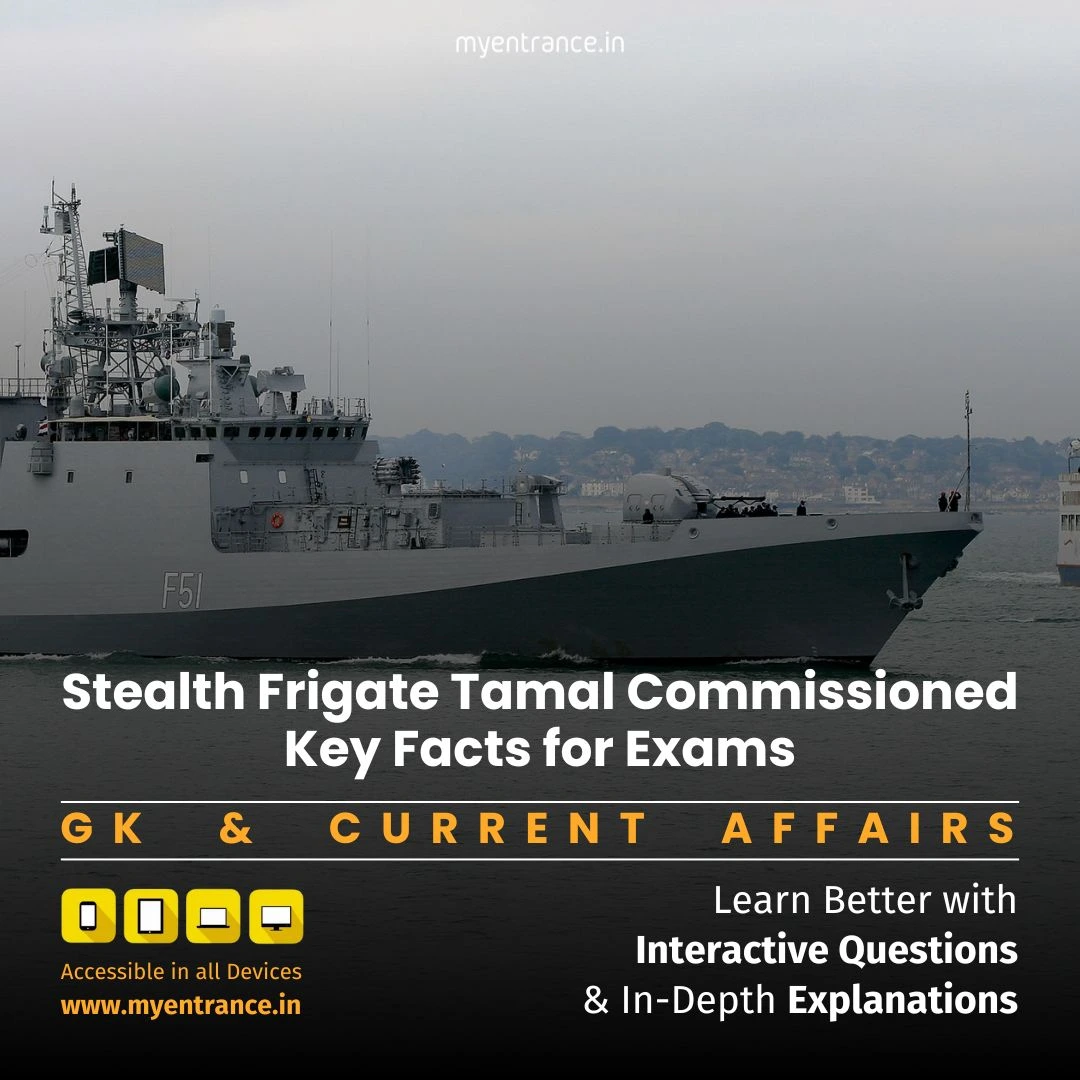Select Language
China’s Stealth Bomber Secrets: The Stolen B-2 Blueprint and the Engineer Who Betrayed America
In May 2025, satellite images revealed a mysterious bat-winged stealth aircraft in China, bearing an uncanny resemblance to America’s B-2 Spirit bomber. Behind this discovery lies a decades-long espionage saga involving a disgraced engineer, stolen military secrets, and a high-stakes game of Cold War deception.

The Stolen B-2 Secrets: How China’s Stealth Bomber Was Born from Betrayal
A Ghostly Aircraft Emerges in Xinjiang
In May 2025, satellite images from The War Zone exposed a massive flying-wing stealth aircraft parked at a secretive Chinese military base in Malan, Xinjiang. With a 52-meter wingspan and a design nearly identical to the U.S. B-2 Spirit bomber, the discovery sent shockwaves through global defense circles.
Key Features:
Tailless, bat-wing silhouette (matching the B-2’s radar-evading shape)
High-altitude, long-endurance (HALE) capabilities
Possible testbed for China’s rumored H-20 stealth bomber
Experts believe this is not just a prototype but a sign of China’s operational stealth advancements—built on stolen U.S. technology.
The Engineer Who Sold America’s Secrets
The story traces back to 2005, when FBI agents raided the Maui home of Noshir Gowadia, an Indian-American engineer who helped design the B-2’s top-secret exhaust system.
What They Found:
Classified documents on stealth technology
Detailed schematics of the B-2’s infrared suppression system
Emails linking him to Chinese operatives
Gowadia had traveled multiple times to China, presenting classified data to military officials in Chengdu and Shenzhen—all for $110,000 in secret payments.
From Espionage to a New Cold War
Gowadia’s leaks directly influenced China’s stealth programs. By 2016, Beijing teased the H-20 bomber, but it remained unseen—until now.
Why This Matters:
China’s stealth drone could challenge U.S. air dominance
The H-20 may soon become operational, shifting global power dynamics
This case highlights how espionage shapes modern warfare
Gowadia, now serving 32 years in a supermax prison, admitted: “What I did was espionage and treason.”
A New Era of Stealth Warfare
As B-2 bombers strike targets in Iran, China’s stealth advancements signal a new Cold War—fought not just with weapons, but with stolen secrets and betrayal.
Sample Questions & Answers (Exam-Style)
Q1: What was the significance of the aircraft spotted in Xinjiang in 2025?
A1: The aircraft, resembling the U.S. B-2 bomber, indicated China’s progress in stealth technology, likely derived from stolen U.S. designs.
Q2: Who was Noshir Gowadia, and what role did he play in this espionage case?
A2: Gowadia was an Indian-American engineer who leaked B-2 stealth secrets to China in exchange for money, aiding their military aircraft development.
Q3: What key feature makes the B-2 (and China’s new aircraft) stealthy?
A3: The flying-wing design and lack of vertical stabilizers reduce radar detection, making it nearly invisible to enemy systems.
Q4: How did China benefit from Gowadia’s espionage?
A4: They gained critical insights into infrared suppression and stealth shaping, accelerating their own stealth bomber program.
Q5: What long-term impact could this have on U.S.-China military relations?
A5: It could lead to an arms race in stealth technology, increasing tensions and prompting stricter counter-espionage measures.
Most Predicted Questions
Comprehensive study materials, Expert-guided tips & tricks, Mock tests and instant results.
Start your SSC, NIFT, NID, FDDI, PSC journey today with MyEntrance, your ultimate online coaching platform.















